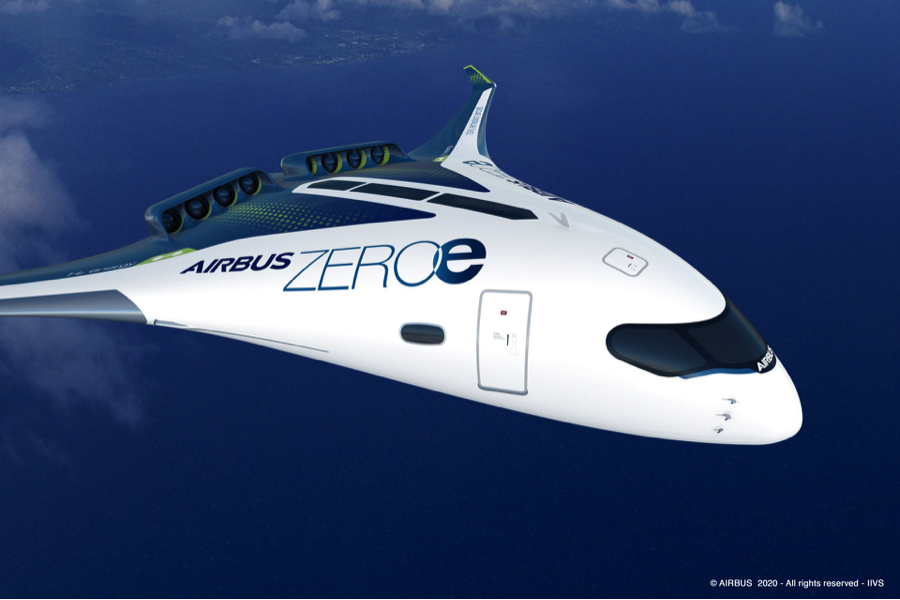
Sustainable Aviation, coming soon!
Global aviation contributes around 2.5% of total CO2 emissions, which, if it was a country, would rank 6th in the world between Germany and Japan. Factoring in other factors, such as contrails and other pollutants, brings aviation’s total impact on atmospheric warming as a whole up to around 5%, so it’s a problem!
Although decarbonizing aviation will be tough, things are rapidly moving in the right direction. While current battery technology is too heavy for anything other than small aircraft over short distances (new battery chemistry may change that) hydrogen and fuel cells are viable solutions for the long haul. But new aircraft and engines are needed, which takes time. Fortunately, there is a quick, drop-in solution already flying and gaining ground rapidly. Sustainable Aviation Fuel (SAF) blends sustainable biofuel with regular jet fuel and SFO is one of the first major airports in the world to introduce it. JetBlue, Alaska and American Airlines have all committed to using SAF on flights from SFO, reducing net CO2 emissions by 75%. It’s a good start.
Rolls Royce recently ran successful tests on a Trent engine, used on the largest passenger aircraft including Boeing 777 and Airbus A380 using 100% SAF, so the technology is already here, but supply needs to ramp up massively. Rolls Royce is also developing electric and hybrid-electric propulsion systems for new aircraft.
Those aircraft are now being designed by Airbus with its ZEROe program, aiming to put the world’s first large zero emission aircraft into commercial service by 2035. Their three initial designs all rely on hydrogen power, either to burn in new jets or in fuel cells to power electric motors turning propellers. Burning hydrogen emits only water so as long as it is produced using renewable energy, the result is zero GHG emissions.
Designing aircraft and engines is one piece of the puzzle. Production and delivery of hydrogen will be another. But that technology is well known, we just need economies of scale to reduce cost and increase supply to commercially viable levels. (It also looks likely that hydrogen will become part of the solution for renewable power storage as well as transportation, which will help.)
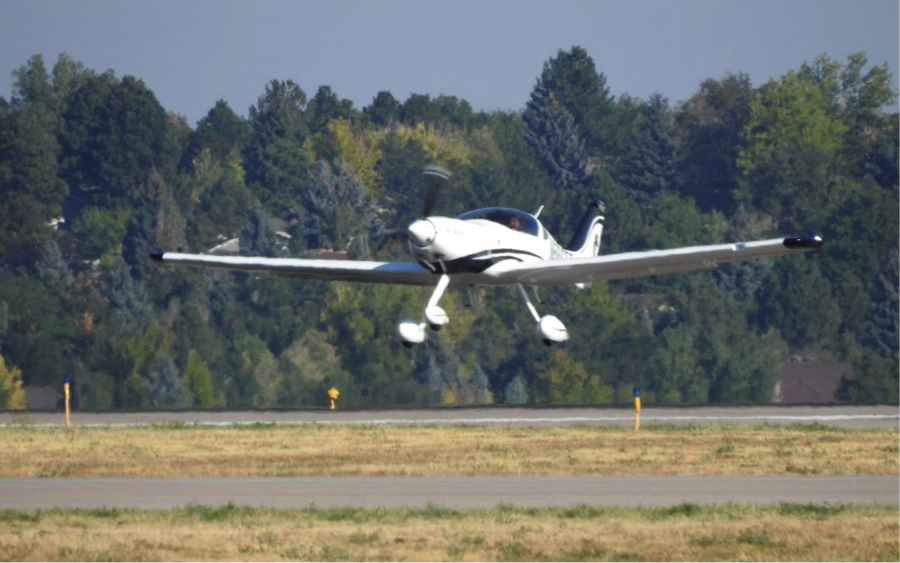
Meanwhile, the pilots flying those new airliners may well learn to fly in electric aircraft such as the Denver-built Bye Aerospace e-Flyer 2. With over 700 orders to date, and FAA certification imminent, this two seat trainer is set to revolutionize pilot training, with clean, quiet, reliable electric power reducing operating cost by up to 80%, while making airport neighbors happy with less noise and cleaner air.
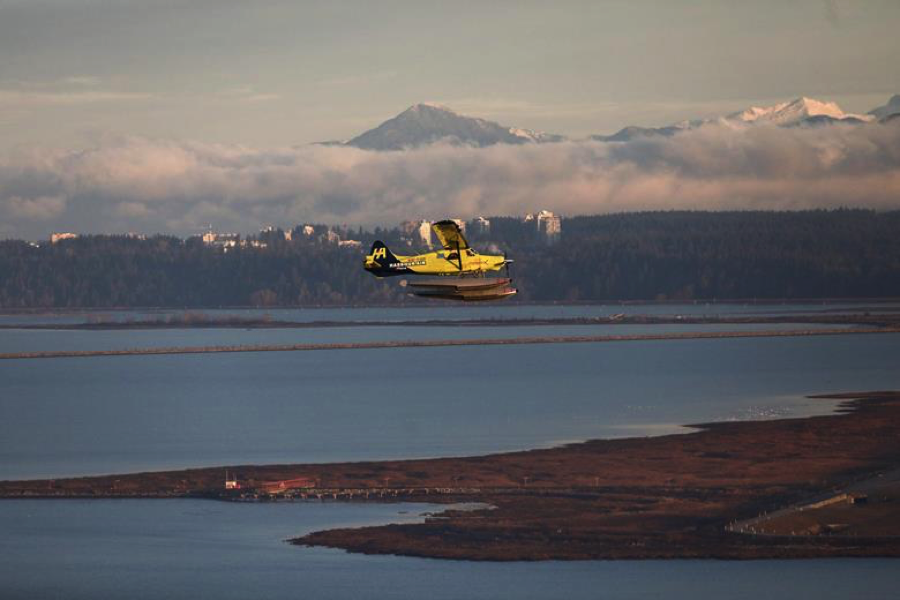
Between the airliners and the trainers, many electric and hybrid designs are in the works or already flying. Vancouver based Harbor Air first flew its 6-seat Beaver in late 2019 and will soon have electric seaplanes operating on short commercial routes. It plans to go fully electric and already claims the title of the world’s first carbon neutral airline, having bought carbon offsets since 2007.
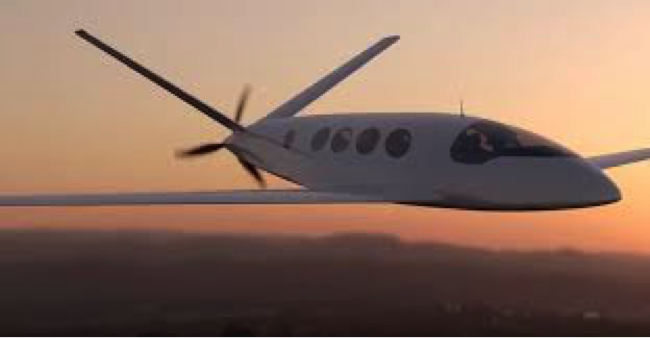
Israel’s Eviation is expected to fly its clean sheet electric aircraft, Alice, later this year. Built to carry 9 passengers and two crew around 500 miles at 250 mph, at much lower cost than current aircraft, its radical design is only possible by using electric motors.
Electric motors have also driven the explosion of small drones for every conceivable purpose, and many passenger carrying air taxi designs are hoping to make it to production, some backed by major companies such as Uber and United Airlines, but those are in a totally new aviation segment.
With deep pocketed philanthropists and business titans such as Bill Gates and Jeff Bezos also investing in clean aviation, and governments around the world pushing clean transportation in every sector, there is no doubt we are on the way to zero emission commercial flight. The only question is how soon we will get there.
In the meantime, if you need to fly, buy carbon offsets. SFO joined The Good Traveler network, initiated by San Diego Airport, which offers an offset calculator based on your flights. Cool Effect is also an excellent local organization for all your offsets, not just aviation, and including business, and Terrapass has also been around for a while.
So support the cleanest airlines, fly from the greenest airports, and buy carbon offsets. It’s a stopgap until new aircraft arrive, but it’s good to know there is a flight plan, and they are on the way.
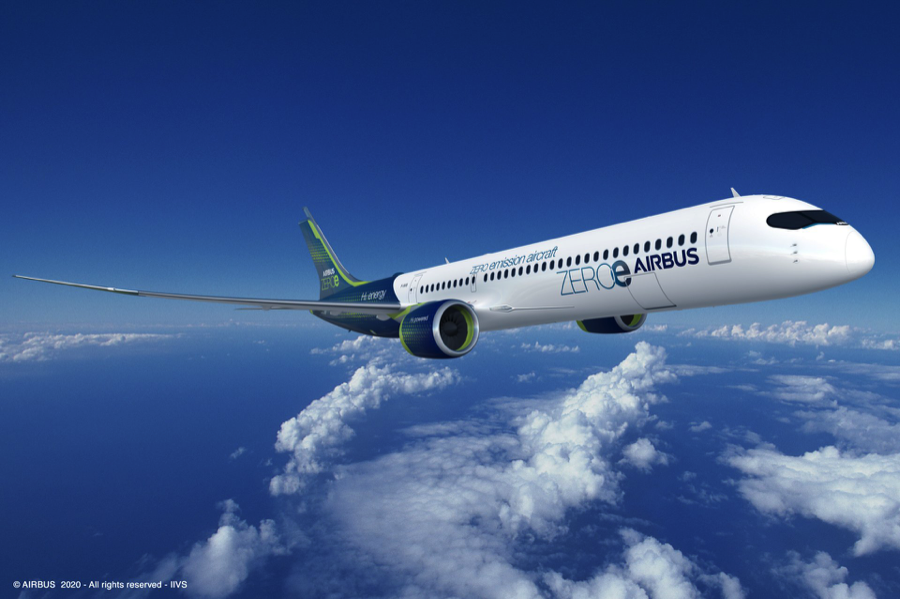

Transplanted from the UK to Novato in 1997, Tim became involved in local schools as his children grew, ultimately helping propel Novato Unified School District’s Solar program to fruition. With a global perspective from a career in international logistics, he is an enthusiastic solar supporter and clean-energy advocate wherever new opportunities arise. Striving for net-zero with an electric car and rooftop solar, a remaining ambition is to fly electric, combining two long-held passions.
